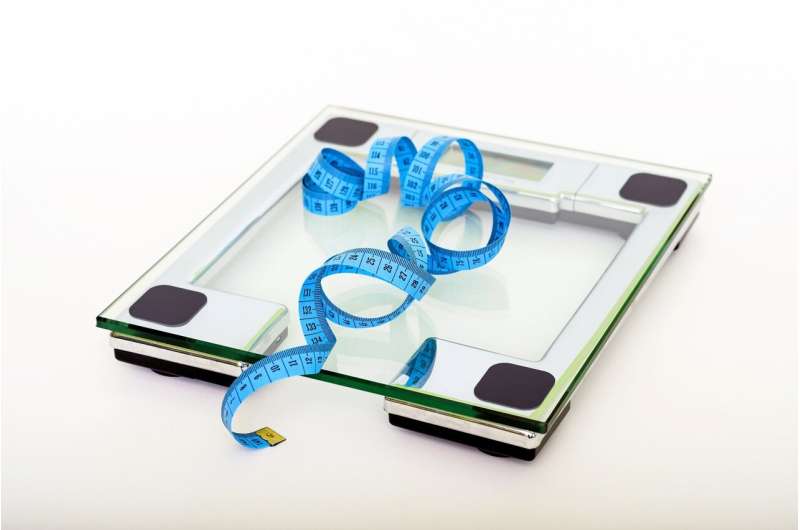how long prednisolone to work


Evidence has been growing for decades that thin-ideal body imagery has adverse effects on mental health. This has prompted more socially conscious advertising strategies that forgo digital retouching and include more diverse body types. A new paper co-authored by a researcher at the University of Massachusetts Amherst provides fresh evidence that media-driven social comparisons play an important role in shaping preferences and altering health behaviors, particularly among young women and girls. The paper was recently accepted by the Journal of Human Resources.
Brandyn Churchill, assistant professor of resource economics at UMass Amherst, and Christopher Carpenter, E. Bronson Ingram professor of economics at Vanderbilt University, examined which states won the Miss America and Miss U.S. pageants during the 1990s and early 2000s. They found that winning states experienced increases in pageant-related media coverage and Google searches following the competition, compared with non-winning states.
States with pageant winners had more front-page pageant-related coverage in the two days following the competition. These states also experienced increased pageant-related Google searches.
Using data from the Behavioral Risk Factor Surveillance System and the Youth Risk Behavior Surveys, serevent 50 mg Churchill and Carpenter then show that teen girls and young women in states with pageant wins were more likely to report that they were trying to lose weight and that non-overweight teen girls were more likely to describe themselves as overweight.
Pageant-aged women were nearly 5% more likely to report that they were trying to lose weight and teen girls were 4% less likely to hold accurate views of their body types, instead describing themselves as heavier than indicated by their body mass index. The research also shows that teen girls were 5% more likely to report exercising to lose or maintain their weight and 6% more likely to report calorie-limiting behaviors.
Similar changes were not detected for teen boys, young men or older women for whom social comparisons were less likely.
“The interesting side for us was the health behaviors,” Churchill says. “The idea that this type of imagery and media exposure can have effects on health behaviors.”
While the research focuses on temporary shocks to local beauty norms and does not address the consequences of prolonged and repeated exposure to thin-ideal imagery, Churchill and Carpenter submit that near-constant exposure to similar content may be even more harmful.
“We need to be a little more aware of how media is shaping our views of ourselves, our views of other people and our views of what is and what is not acceptable—be it health behaviors or otherwise,” Churchill says.
The research creates a foundation to study the rise of social media and how platforms such as YouTube, TikTok and Instagram affect health behaviors. It also has the potential to help inform policymakers as calls grow to regulate social media.
“This is something that I actually think there is potentially bipartisan support for addressing,” Churchill says. “If you are somebody who is concerned about the far-reaching implications of large social media tech organizations and how they are shaping children, this speaks to you.”
More information:
“There she is, your ideal”: Negative social comparisons and health behaviors. www.nber.org/system/files/work … rs/w31156/w31156.pdf
Journal information:
Journal of Human Resources
Source: Read Full Article